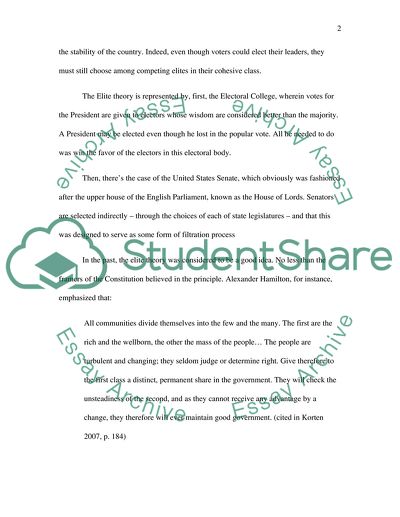Cite this document
(Political Science: The 1787 Constitution and the Government of the Term Paper - 1, n.d.)
Political Science: The 1787 Constitution and the Government of the Term Paper - 1. Retrieved from https://studentshare.org/politics/1728383-political-science
Political Science: The 1787 Constitution and the Government of the Term Paper - 1. Retrieved from https://studentshare.org/politics/1728383-political-science
(Political Science: The 1787 Constitution and the Government of the Term Paper - 1)
Political Science: The 1787 Constitution and the Government of the Term Paper - 1. https://studentshare.org/politics/1728383-political-science.
Political Science: The 1787 Constitution and the Government of the Term Paper - 1. https://studentshare.org/politics/1728383-political-science.
“Political Science: The 1787 Constitution and the Government of the Term Paper - 1”, n.d. https://studentshare.org/politics/1728383-political-science.


